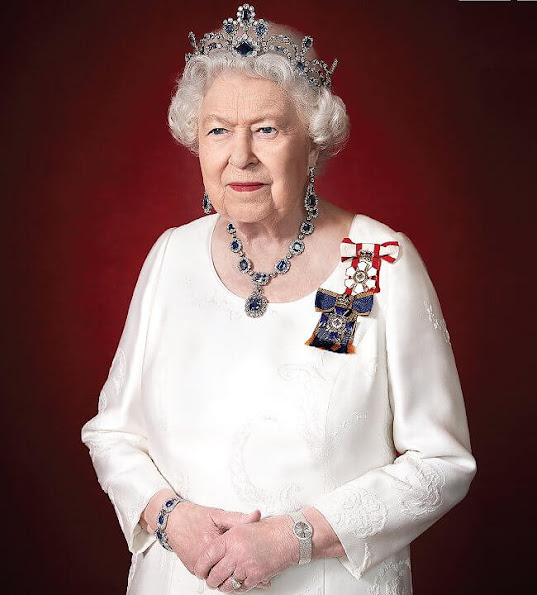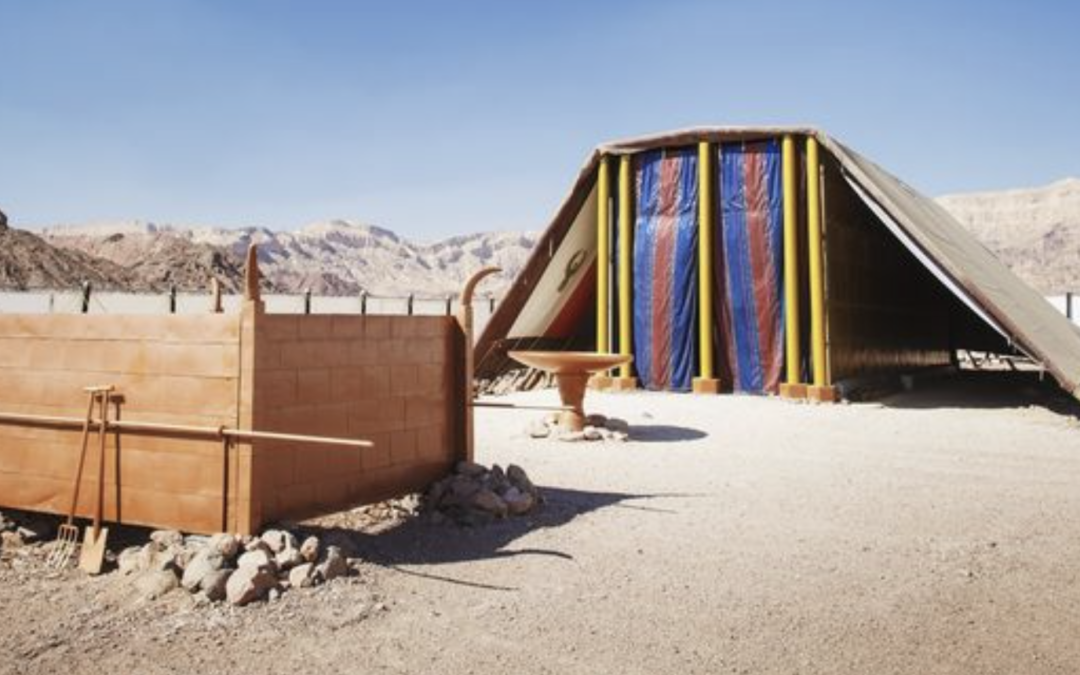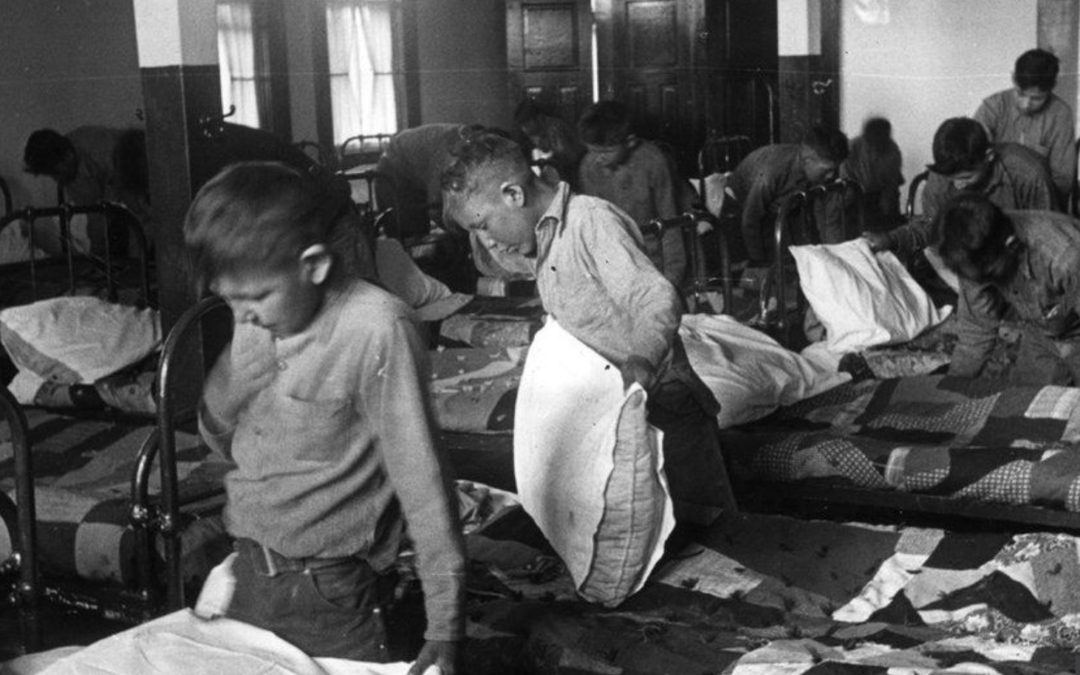In this week’s parsha, the Torah discusses the clothing worn by the priests and High Priest Aaron. The priests are given the details of the fabrics, design and accessories. Sounds like a stylist’s dream? Perhaps not, if caftans and aprons are not your fashion favorites. However, in today’s fashion- centered world we need to remind ourselves the true and real purpose of clothing.
Clothing has very practical purposes. First of all, clothing is a way of protecting us from the elements. In Montreal, you wear clothing in the winter to avoid frostbite. Even in very hot climates, we have to protect ourselves from the negative effects of the sun.
Clothing also has multiple social functions: it is a way of covering our nakedness. This social function of clothing finds its origins in the Garden of Eden, where sexual awareness left Adam and Eve feeling that they needed to cover themselves. As well clothing indicates status. A king’s clothing is made to be different than that of a peasant, to show his office. We also use clothing to indicate group affiliation; we do this in different ways, such as a special school uniform to wearing Seattle Seahawks t-shirt. Finally, clothing is often worn on a special occasion. The wedding garb of tuxedos and gowns, and the robes and caps of the graduating students are great examples how clothes mark special days in our lives.
In this parsha, the Torah tells us that the purpose of the clothing of the priests was to be “for honor and beauty.” What exactly does this mean? The purpose of beauty is easily understood. Though we each have different tastes and ideas of beauty, I think that we agree that we all want our clothes to be “beautiful”. But, how does the idea of honour fit into our fashion choices?
Clothes are used as a way of expressing ourselves. They reflect who we are as individuals. The point, however, is not to make the clothes themselves, the goal. The goal is to use clothes as a tool to reflect our personal values and inner selves. When choosing clothes to wear, it’s not a question of matching clothes into a unified ensemble, but also whether the clothes match our spiritual values. Our fashion choices can be fun and creative, but they should always be aligned with who we are on the inside. If we can convey the value of holiness and honour in what we choose to wear, then we will surely reflect that value toward others.
And perhaps even more than that, when we dress in a way that shows honour and dignity, we transform ourselves. The clothes actually remind us to focus differently on the world around us. And that is the message of our parsha; that with a little bit of care, all clothing can be like priestly garments, and bring a greater sense of beauty and honour into our lives.











